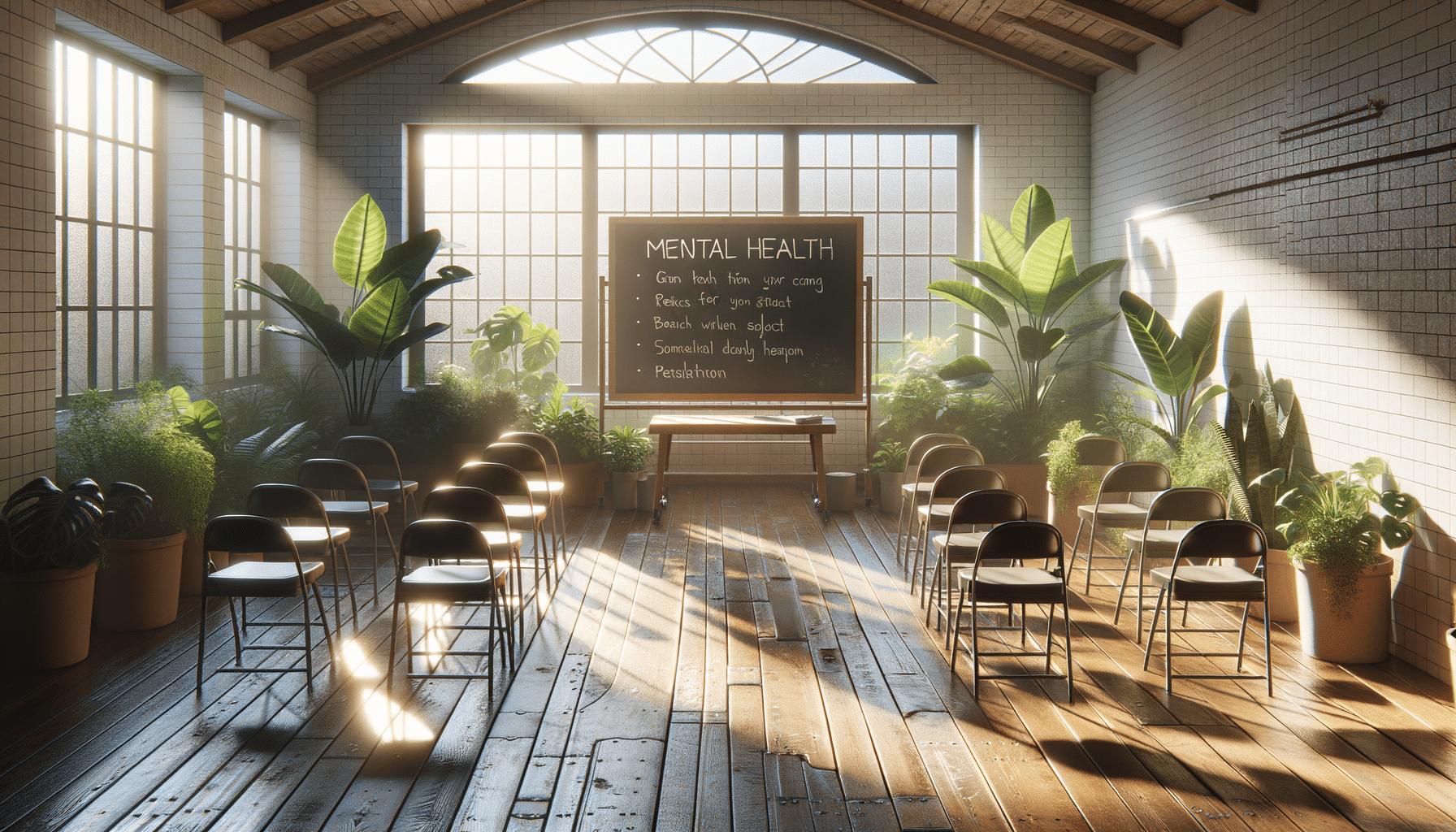
DIY Science Experiments: Engage Students with Hands-On Learning
Engaging students in hands-on learning through DIY science experiments can transform their educational experience, making STEM subjects both fun and memorable.
Why Hands-On Learning Matters
Hands-on learning, particularly in STEM education, has proven to enhance student engagement and understanding. According to a study by the University of Chicago, students who participate in hands-on activities are 20% more likely to retain information than those who learn through traditional methods. This approach not only aids comprehension but also fosters a genuine interest in scientific inquiry.
Expert Insights
Dr. Emily White, a renowned educator in STEM pedagogy, emphasizes the importance of experiential learning. She states, “When students can see, touch, and experiment, they connect more deeply with the material, leading to a more profound understanding.”
DIY Science Experiments to Try
- Volcano Eruption: Using baking soda and vinegar, students can create a chemical reaction that simulates a volcanic eruption.
- Invisible Ink: Lemon juice can be used to write secret messages that appear when heated.
- Density Tower: Layer different liquids like honey, water, and oil to explore density concepts.
- Balloon Rocket: Demonstrating Newton’s Third Law, a balloon can be used to propel a makeshift rocket.
Personal Experience
As a teacher, I witnessed a student’s excitement when conducting a simple circuit experiment. The joy of seeing a light bulb illuminate was palpable and sparked a newfound interest in electronics.
Actionable Tips for Teachers
- Plan Ahead: Ensure all materials are prepared before the experiment day.
- Encourage Exploration: Allow students to hypothesize and test their ideas freely.
- Facilitate Discussion: After experiments, discuss outcomes to reinforce learning.
Additional Resources
For more engaging experiments, consider resources from educational websites like Science Buddies and Exploratorium.
Conclusion
DIY science experiments offer an exciting avenue for engaging students in STEM subjects. By incorporating hands-on learning, educators can inspire curiosity and foster a deeper understanding of scientific principles. Encourage your students to dive into the world of DIY science and watch their love for learning blossom.
FAQs
What are the benefits of hands-on learning in STEM?
Hands-on learning increases retention, engagement, and fosters a love for science.
How can teachers implement DIY science experiments in class?
Teachers can plan ahead, use readily available materials, and facilitate discussions post-experiment.
Are there any safety precautions to consider?
Always follow safety guidelines, use appropriate protective gear, and supervise experiments closely.
Where can I find more DIY science experiments?
Websites like Science Buddies and Exploratorium offer a variety of experiments suitable for different grade levels.


